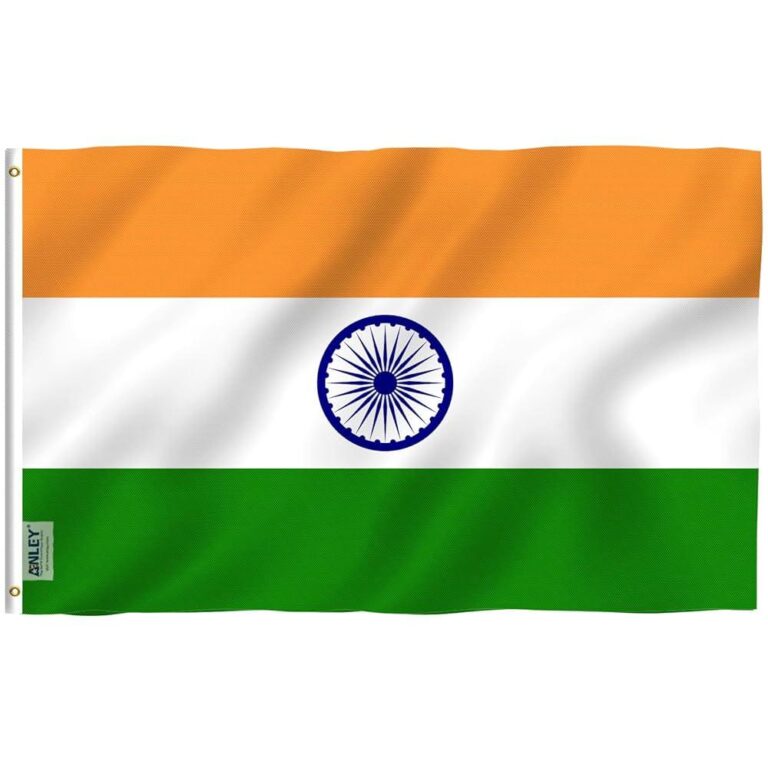India, Canada and the ‘Khalistan Movement’: From 1947 to 1984-II
The complex relationship between India and Canada has been significantly shaped by the protracted and contentious issue of the Khalistan movement-a separatist campaign advocating for an independent Sikh homeland. Tracing its roots from the post-partition upheavals of 1947 to the turbulent years leading up to 1984, this episode reveals deep-seated political, social, and diplomatic dynamics that continue to influence bilateral ties. As the Khalistan demand gained momentum both within India and among Sikh diaspora communities in Canada, the movement’s impact reverberated across borders, shaping policy decisions and community relations on both sides. This article, the second installment in a series published by Kashmir Times, delves into the critical developments and interactions between India and Canada relating to the Khalistan movement up to the watershed year of 1984.
Historical Context and Evolution of the Khalistan Movement Between India and Canada
The Khalistan movement, rooted in Sikh calls for an independent homeland, has evolved considerably, shaped by socio-political dynamics both within India and across its diaspora, especially in Canada. Initially emerging from post-Partition unrest and the Punjabi subcontinent’s complex communal fabric, the movement gained momentum during the late 1970s and early 1980s amid growing demands for religious and political autonomy. In India, tensions peaked with Operation Blue Star in 1984, which not only galvanized hardline sentiments domestically but also triggered widespread outrage among the Sikh diaspora. Canada, home to one of the largest Sikh communities outside India, became a significant stage where support for Khalistan was vocalized, often intertwining with Canadian multicultural policies and freedom of expression, thus internationalizing the conflict.
Over time, the interplay between Indian state policies and Canadian legal protections has manifested in varied responses, ranging from political lobbying, protests, and cultural preservation efforts to concerns over radicalization and security. Key phases in this evolution are marked by events such as:
- 1984: Aftermath of Operation Blue Star and assassination of Indira Gandhi.
- 1985-1990: Rise of militant activities in Punjab and increased diaspora mobilization.
- 1990s: Gradual decline of militancy and a shift to political advocacy abroad.
- 2000s-present: Ongoing debates around Sikh identity, autonomy, and transnational activism.
| Year | India | Canada |
|---|---|---|
| 1984 | Operation Blue Star, heightened Punjab insurgency | Widespread protests, solidarity rallies |
| 1988 | Decline of militant groups, peace initiatives | Political discussions on immigration and integration |
| 1999 | Restoration of relative stability in Punjab | Rise of Khalistan advocacy in Canadian politics |
| 2010s | Focus shifts to human rights and reconciliation | Increased community activism and cultural remembrance |
The Khalistan movement, rooted in Sikh calls for an independent homeland, has evolved considerably, shaped by socio-political dynamics both within India and across its diaspora, especially in Canada. Initially emerging from post-Partition unrest and the Punjabi subcontinent’s complex communal fabric, the movement gained momentum during the late 1970s and early 1980s amid growing demands for religious and political autonomy. In India, tensions peaked with Operation Blue Star in 1984, which not only galvanized hardline sentiments domestically but also triggered widespread outrage among the Sikh diaspora. Canada, home to one of the largest Sikh communities outside India, became a significant stage where support for Khalistan was vocalized, often intertwining with Canadian multicultural policies and freedom of expression, thus internationalizing the conflict.
Over time, the interplay between Indian state policies and Canadian legal protections has manifested in varied responses, ranging from political lobbying, protests, and cultural preservation efforts to concerns over radicalization and security. Key phases in this evolution are marked by events such as:
-
- 1984: Aftermath of Operation Blue Star and assassination of Indira Gandhi.
- 1985-1990: Rise of militant activities in Punjab and increased diaspora mobilization.
- 1990s: Gradual decline of militancy and a shift to political advocacy abroad.
- 2000s-present: Ongoing debates around Sikh identity, autonomy, and transnational activism.
Key Political and Social Influences Shaping Diaspora InvolvementThe political landscape from the late 1940s through the early 1980s drastically influenced diaspora communities, particularly those of Punjabi origin in Canada. The Khalistan movement, fueled by a combination of ideological fervor and geopolitical events, found fertile ground within these expatriate populations, who maintained strong emotional and cultural ties to their homeland. Canadian Punjabis became pivotal in shaping the discourse surrounding Sikh identity and autonomy, often acting as vocal advocates through community organizations and media outlets. Their involvement was driven not only by political aspirations but also by social dynamics such as discrimination, economic challenges, and a quest for cultural preservation in a foreign milieu.Several key factors shaped the diaspora’s engagement during this period:
- Geopolitical developments: The imposition of martial law and Operation Blue Star intensified diaspora support for Khalistan.
- Cultural solidarity: Language, religion, and shared historical grievances united overseas Sikhs around the cause.
- Social mobilization: Canadian Sikh groups hosted fundraisers, protests, and political lobbying efforts to influence international opinion.
Strategic Recommendations for Diplomatic Engagement and Conflict Resolution
Enhancing bilateral communication channels remains crucial to addressing the complexities posed by the Khalistan movement’s historical and present dynamics. Both India and Canada must prioritize establishing dedicated diplomatic forums that facilitate transparent dialogue involving intelligence sharing, cultural exchange, and community engagement. To build mutual trust, it is imperative to incorporate:
- Joint commissions involving security and human rights experts
- Periodic cultural and educational exchanges aimed at diasporic communities
- Collaborative initiatives targeting youth to preempt radicalization
Moreover, conflict resolution frameworks should adopt a multi-layered approach that integrates political sensitivity, legal mechanisms, and grassroots diplomacy. Facilitated third-party mediation, involving neutral international bodies, could serve as an effective tool for de-escalating tensions while preserving national sovereignty. A succinct comparative overview of strategic measures is outlined below:
| Year | India | Canada |
|---|---|---|
| 1984 | Operation Blue Star, heightened Punjab insurgency | Widespread protests, solidarity rallies |
| 1988 | Decline of militant groups, peace initiatives | Political discussions on immigration and integration |
| 1999 | Restoration of relative stability in Punjab | Rise of Khalistan advocacy in Canadian politics |
| Year | Major Event | Impact on Diaspora |
| 1978 | Formation of the Khalistan Committees Abroad | Increased political activism in Canada |
| 1984 | Operation Blue Star | Surge in diaspora mobilization and protests |
| Strategy | Objective | Expected Outcome |
|---|---|---|
| Enhanced Intelligence Sharing | Prevention of overseas militant activities | Reduced cross-border violence |
| Community Engagement Programs | Address diaspora grievances | Improved social integration |
| Third-Party Mediation | Conflict de-escalation | Stable diplomatic relations |
To Wrap It Up
As India and Canada continue to navigate the complex legacy of the Khalistan movement, understanding the historical context from 1947 to 1984 remains crucial. The intertwined political, social, and diplomatic dimensions highlighted in this analysis underscore the enduring impact of this period on bilateral relations and regional stability. Moving forward, both nations face the challenge of addressing unresolved grievances while fostering cooperation to ensure peace and progress. The lessons of the past serve as a vital reference point for policymakers and communities engaged in shaping the future of India-Canada ties.




